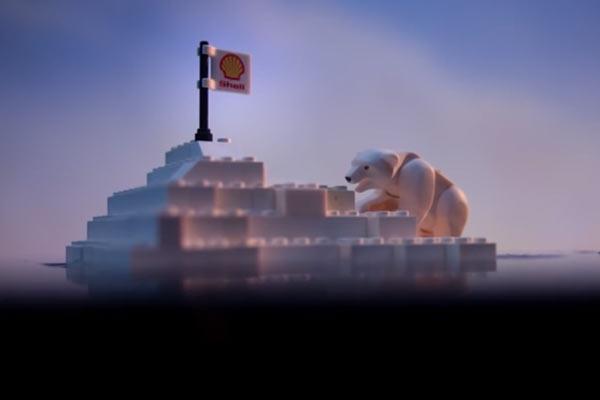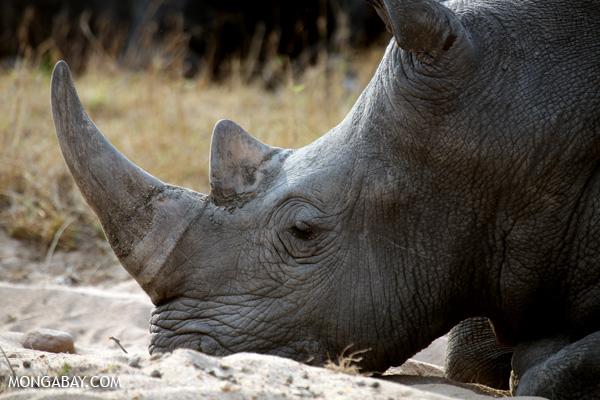Lego has announced it will be severing its partnership with the oil giant, Dutch Royal Shell, when the current contract expires after a clever campaign by environmental activist group, Greenpeace. Since 2011, Lego has been selling exclusive sets at Shell stations—a deal valued at $116 million—but the companies’ relationship actually goes back decades. In 1966, the Danish toy company first began selling Lego sets with Shell’s brand stamped on them.
Greenpeace targeted the partnership due to Shell’s ongoing plans to drill in the Arctic Ocean for oil. The plans were put on hold in 2012 after an embarrassing series of mishaps, but Shell has recently announced it will pursue drilling rights again for summer 2015.
Greenpeace opposes drilling in the Arctic because of the difficulty of cleaning up any spill due to extreme conditions and remoteness. Moreover, exploiting the Arctic’s oil reserves will only serve to exacerbate global warming, which is the greatest threat to the polar ecosystem.
Shell, however, argues it is prepared for any disaster--despite the company’s many problems two years ago. Shell had hoped to be the world’s first oil company to tap into the Arctic seabed for fossil fuels, but was beaten last year by the Russian company, Gazprom, which is operating a drilling rig south of Severny Island and Yuzhny Island.
In July when Greenpeace first launched the campaign, Lego said it would stick by the oil giant, with Jørgen Vig Knudstorp, CEO of the Lego Group, writing “we are determined to leave a positive impact on society and the planet that children will inherit.”
The company believed it was unfairly targeted by Greenpeace for partnering with Shell.
“The Greenpeace campaign focuses on how Shell operates in a specific part of the world. We firmly believe that this matter must be handled between Shell and Greenpeace. We are saddened when the LEGO brand is used as a tool in any dispute between organizations,” Knudstorp said.
To highlight their opposition, Greenpeace created a slick production of a lego-built Arctic, including iconic animals and native peoples, drowning in a rising tide of oil. The film was viewed by over six million people before Lego buckled.
Yesterday, the company’s tune had changed little, but Knudstorp confirmed “As things currently stand we will not renew the co-promotion contract with Shell when the present contract ends.”
Still the company complained, “We do not agree with the tactics used by Greenpeace that may have created misunderstandings among our stakeholders about the way we operate; and we want to ensure that our attention is not diverted from our commitment to delivering creative and inspiring play experiences.”
Yet there’s little question that the toy giant would have severed its relationship with the oil giant if Greenpeace had not employed such “tactics,” including children building Arctic animals as a protest and tiny lego people infiltrating a Shell station, in addition to the viral video. But it wasn’t just Greenpeace: over a million people signed a petition asking the toy maker to stop its relationship with Shell.
Today, though, neither Lego nor Shell divulged when their relationship would end, since they would not give away the details of a private contract.
“Clearly Shell is trying to piggy back on the credibility of other brands. It’s a good PR strategy if you can get away with it. But as we’ve shown, if you can’t get away with it, that social licensee is taken away. It does damage them a lot,” John Sauven, the executive director of Greenpeace UK, told the Guardian.
Lego blocks are currently made using oil, though the company has said in the past it is working to find new materials to make the iconic toys.
This article was originally written and published by Jeremy Hance, a contributing writer for news.mongabay.com. For the original article and more information, please click HERE.




